Wildlife Friendly Development
Wildlife Friendly Development is a joint initiative of NCWF, N.C. Wildlife Resources Commission and NC chapter of the American Society of Landscape Architects. To learn more about the program, including current projects and how to certify a location, visit Wildlife Friendly Development.
The program aims to safeguard vital wildlife habitats by using sustainable development practices while optimizing the homeowner’s property value and quality of life.
Developers and planners work together in the early stages of the planning process to minimize the effects of development on wildlife. To help developers pick the best native plants for their landscape designs, we have a list of suggested plants native to the Atlantic southeast, including trees, shrubs, perennial and annual flowers, grasses, ferns and sedges, and vines.
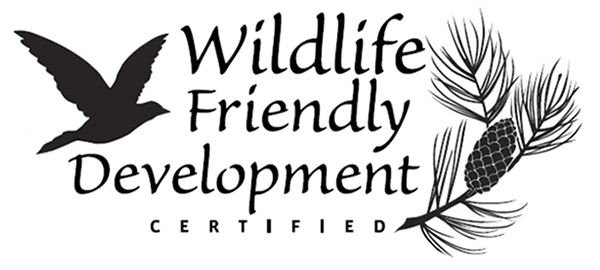
Homeowner Guide to Wildlife Friendly Homes
Development and urban sprawl are one of the main threats to habitat and wildlife conservation. The importance of creating wildlife-friendly spaces is spreading. Here are a few actions homeowners and developers can take to make their home or property conducive to wildlife while practicing better environmental and habitat stewardship.
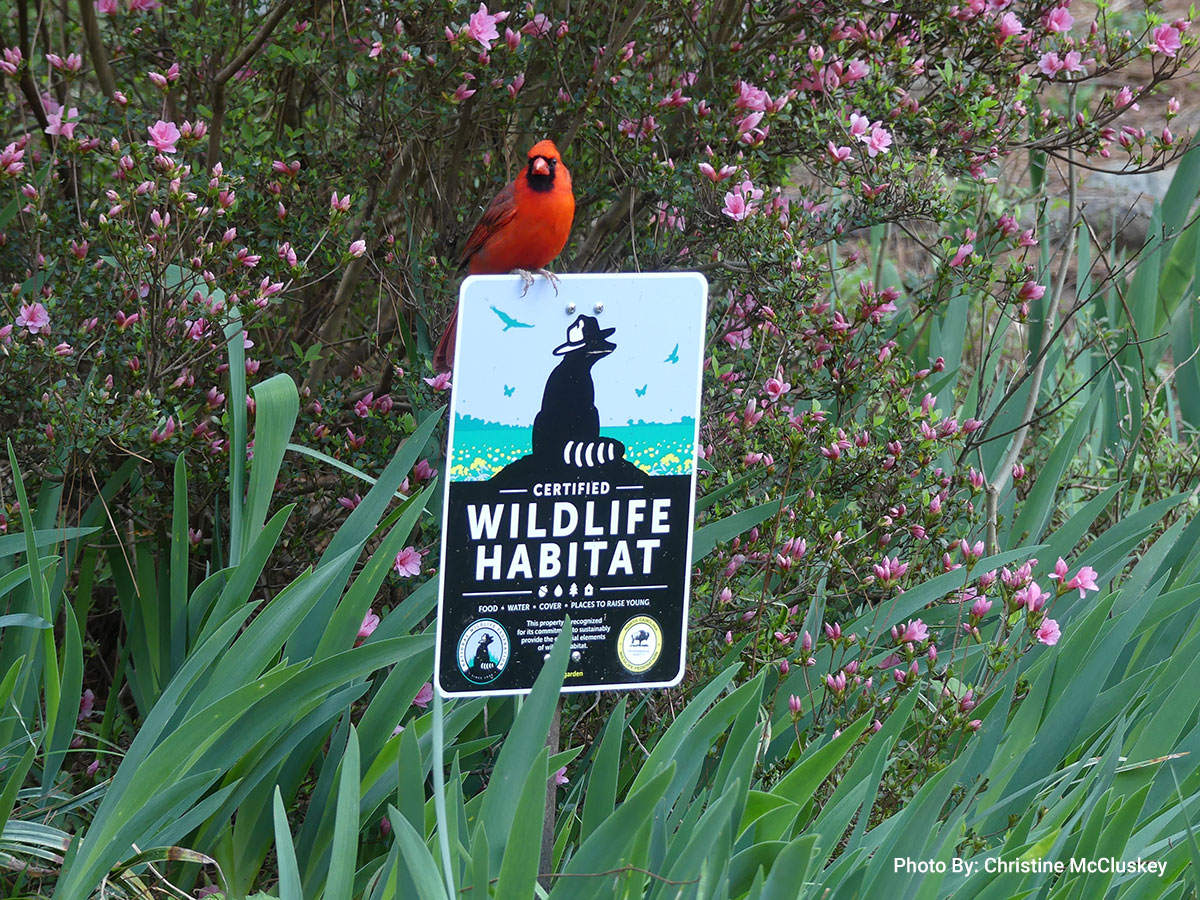
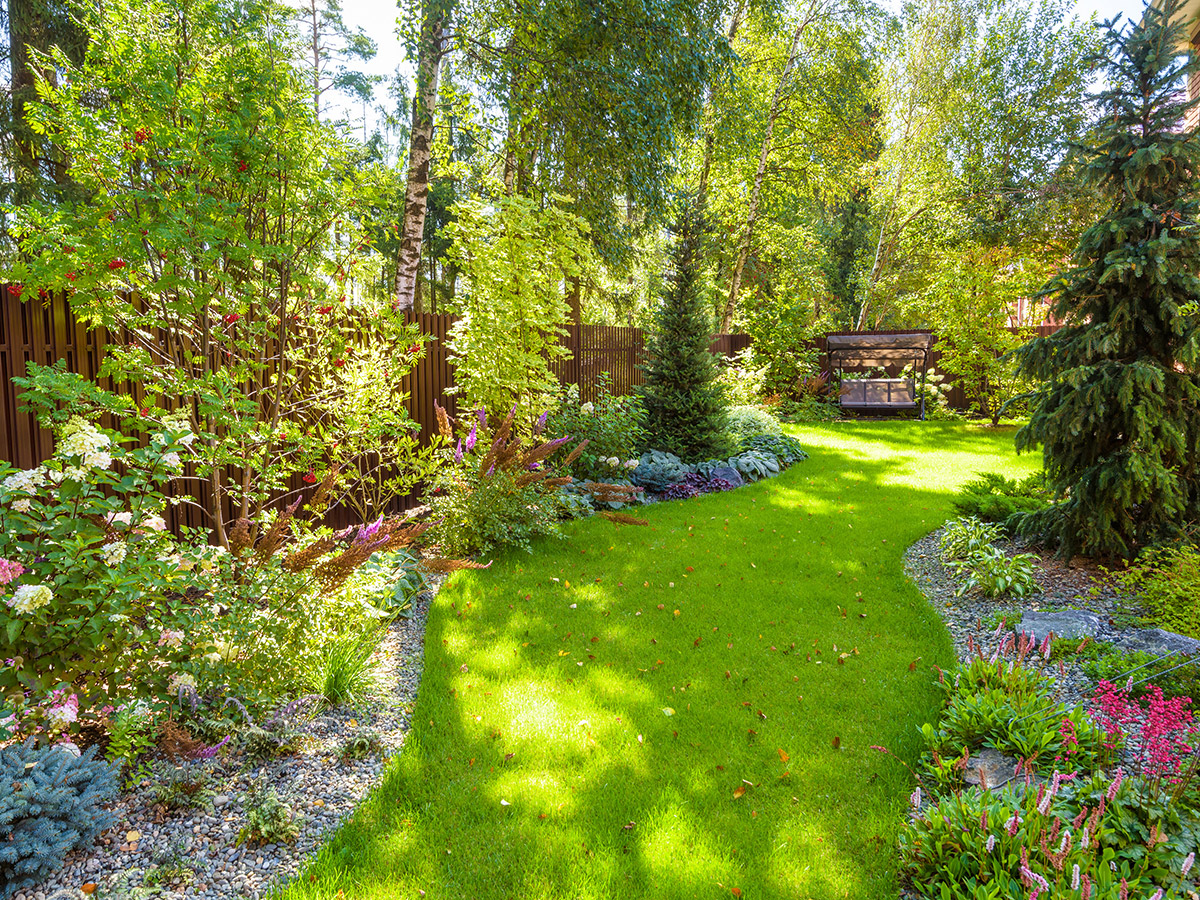
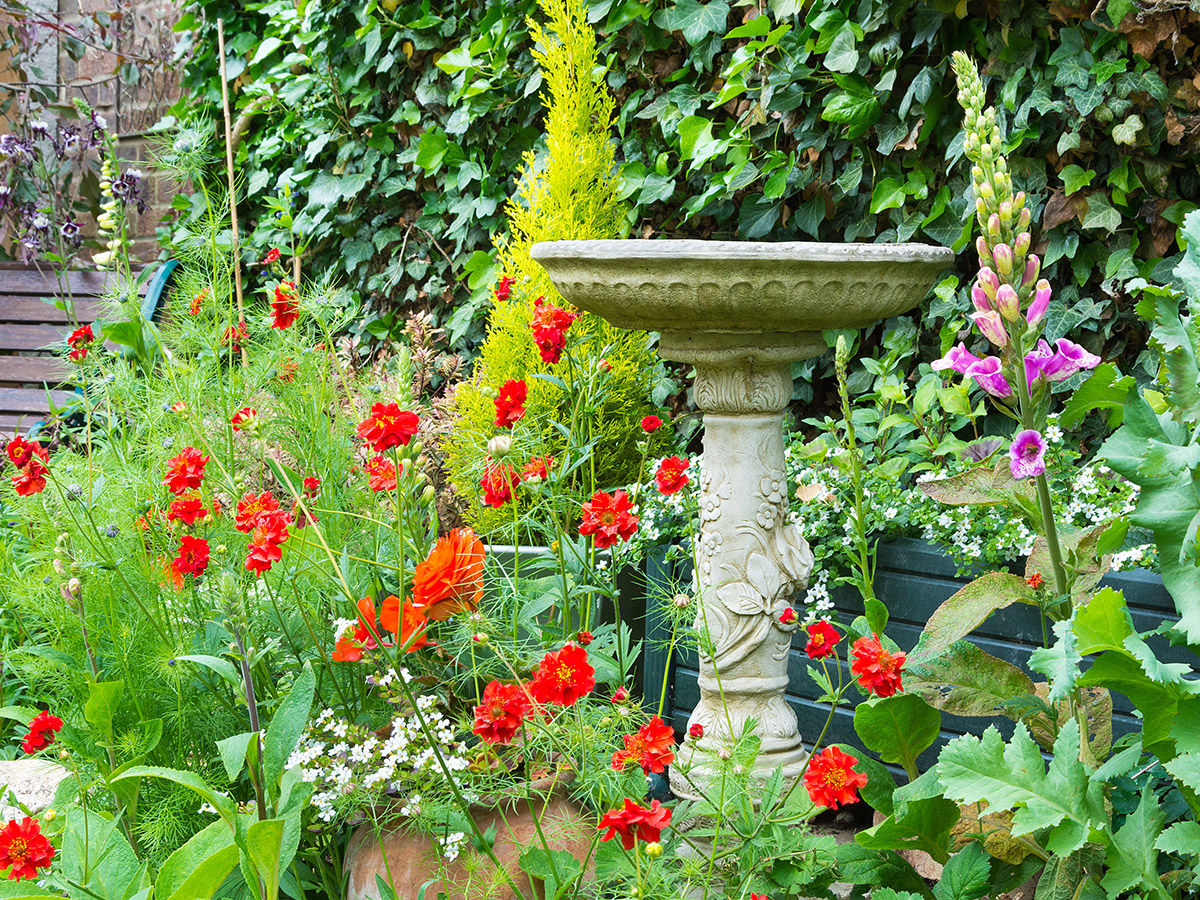
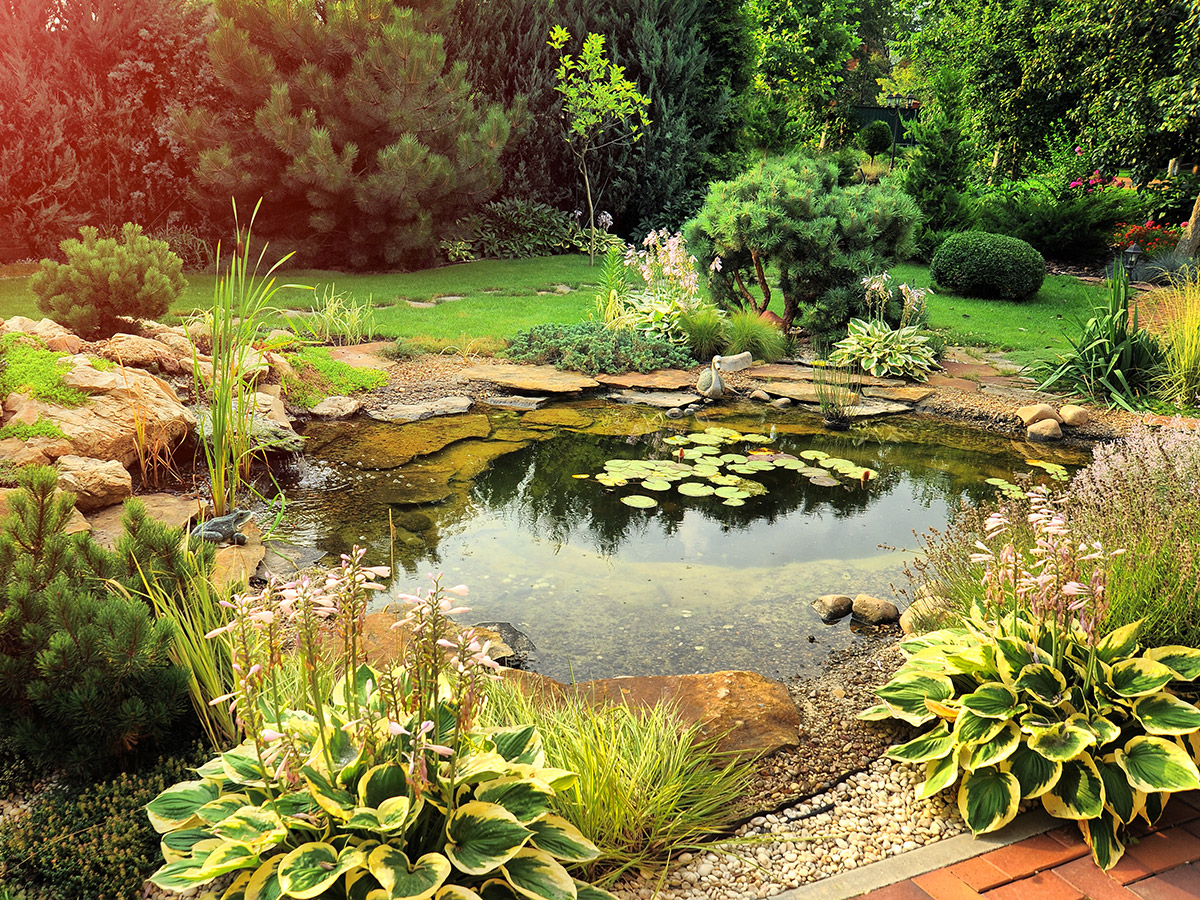
Native Plants
Native plants provide food, cover, shelter, places to raise young and water to many insects, birds and other wildlife. It’s important to avoid planting nonnative, invasive plant species in your gardens, which often escape cultivation and invade nearby habitats. Aim to dedicate 75-100 percent of your North Carolina landscape design to native plant species. To learn more, explore our list of recommended native plants and Butterfly Highway program.
Rain Gardens
Rain gardens help reduce stormwater runoff while filtering pollutants, sediment and other particulate matter from stormwater. Rain gardens provide excellent habitat while allowing a more extensive diversity of plants to be incorporated into the landscape. Target plants that can tolerate saturated soils yet survive under drier conditions.
Also, be sure to add plant species that are low maintenance and don’t require fertilization or irrigation once established.
Rain Barrels
Rain barrels collect stormwater from rooftops, allowing that water to be captured and reused on the property. This practice reduces stormwater runoff and allows homeowners to reduce water usage by using the water they caught.
Rainwater is a much better option for landscaping because it’s highly oxygenated and free of salts, fluoride and inorganic ions. Not to mention, rainwater is free and can help reduce your water bill.
Permeable Surfaces
Permeable surfaces allow water to percolate through the ground, restoring underground wells and maintaining the water flow through a natural landscape. This could be a patio, boardwalk, mulch or vegetative pathway. Permeable surfaces also help reduce stormwater runoff.
Stormwater 101: Stewardship Practices with Big Impacts on Local Waterways
NCWF's Island Wildlife Chapter hosts New Hanover County Soil and Water's Dru Harrison for a presentation on stormwater and its management. Learn about the six major sources of non-point source pollution in our waterways, actions you can take and devices you can install to reduce the amount of pollution carried into local waterways.
Dark Sky-Friendly Lighting
Light pollution across the globe has drastically altered habitats for nocturnal wildlife. Artificial lighting affects species migration patterns, predator-prey relationships and the circadian rhythm of many organisms. Sea turtles, who use the moon’s light to find the ocean, are often confused by artificial lights and go inland instead. Switching to dark sky-friendly lighting can help reduce the effects of light pollution on your property and prevent wildlife confusion.
Lightning Bugs or Fireflies?!
This presentation explores one of North Carolina’s most iconic and charismatic nocturnal insects. Dr. Will Kuhn, director of science and research at Discover Life in America, talks about fireflies of the Smokies region and answers the questions: What exactly is a firefly? Is there more than one kind of firefly? What makes fireflies special? How can I help fireflies in my backyard?
Alternative Roofing Material
While shingles are full of harmful chemicals that can pollute nearby waterways, tin roofs don’t release as many chemicals and are a sustainable alternative. Explore recycled shingles, clay tiles and other eco-friendly roofing materials.
Native Vegetative Buffers Along Wetlands
Instead of planting, mowing and maintaining turf grass up to the water’s edge, create a vegetative buffer strip along streams and ponds on your property. Buffer strips provide excellent habitat and can also slow down fast-moving waters, allowing water to drop sediment, chemicals and pollutants from the water before being carried into larger bodies of water. This protects water quality for other wildlife and habitats. The wider, the better!
Wildlife-Friendly Fencing
Habitat fragmentation has mainly contributed to the decline of wildlife and suitable habitat. It is essential to consider using wildlife-friendly fencing tailored to the property. Some fencing can allow small or medium-sized wildlife, while others are better for birds or larger animals.
Read: A Landowner’s Guide to Wildlife Friendly Fences: Building Fences with Wildlife in Mind.
Wildlife Connectivity and Habitat Corridors
NCWF's South Wake Conservationists chapter hosts Dr. Liz Rutledge, director of wildlife resources, for a presentation about the value and growing support of wildlife corridors and connecting wildlife habitat.
Creating a patchwork of wildlife habitat is increasingly important to protect wildlife and humans from conflict and vehicular collisions as the quality and availability of wildlife habitat declines. Connectivity is essential to preserving dwindling wildlife populations and maintaining genetic vigor.
Urban Forestry
Trees are precious assets to wildlife and essential to any property owner. Among numerous benefits, trees help increase water infiltration, filter pollutants and improve property values.
Trees: The Lungs of the World
Dave Cable, executive director of Davidson Lands Conservancy, discusses the importance of trees in our environment. Learn to love trees even more.
Guiding Principles for Wildlife Friendly Development and Installation
- Preserve areas with high native biodiversity.
- Prioritize wildlife connectivity.
- Develop on previously disturbed or degraded lands.
- Protect water quality and minimize erosion.
- Remove invasive species and restore native plants.
- Provide quality habitat for wildlife.
- Work with and for rather than against nature.
Additional Resources
- Greening your Home Owners Associations
- Guide to Passing Wildlife-Friendly Property Maintenance Ordinances
- Wildlife Friendly Development Certification
- North Carolina Wildlife Resources Commission Green Growth Toolbox
- Developers Guide to Native Plants
- Introduction to Conservation Data for Green Growth
Other NCWF Webinars
Tips for Creating Backyard Bird and Wildlife Habitats
NCWF's Triad Wild! chapter and Carol Buie-Jackson, owner of Wildology and Birdhouse on the Greenway, discusses how you can create wildlife habitats that support birds and other wildlife in your own backyard.
North Carolina Piedmont Pollinators and Gardening for Wildlife
NCWF shares some native plant species suited to the Piedmont of North Carolina that greatly add to your pollinator garden. Not only do they attract pollinators, but many also serve as food and cover for other Piedmont wildlife.
Mosquito Spraying and Pesticide Basics
Sydney Ross, pesticide operations specialist with N.C. Department of Agriculture - Pesticide Section, discusses the regulation and enforcement of commercial pesticide operations, environmental quality, and the management of risk associated with pesticide use.
A Homeowner’s Guide to Pollinator Friendly Mosquito Management
North Carolina Pollinator Conservation Alliance (NCPCA), of which NC Wildlife Federation is a founding member, hosts a presentation on the basics of native bee biology, mosquito biology and mosquito management. Topics include common practices used by homeowners, commercial applicators and public health departments, along with information about ecologically sound alternatives for mosquito management in a backyard setting.
Leave the Leaves: Preparing for Winter
Master Composter and Habitat Steward, Carol Buie-Jackson, presents on how being a lazy fall gardener is a good thing! All those leaves are important: Compost, mulch and insect habitat. Also, learn what you can do to give the birds and other wildlife the best chance to thrive.
Managing Wildlife in Your Yard
Rupert Medford, NC Wildlife Commission Wildlife Biologist discusses ways to manage the larger, more destructive wildlife that may visit your wildlife habitat.
Join the Cause and Make an Impact
Help NCWF preserve wildlife and wild places for our children and future generations. Learn More.
